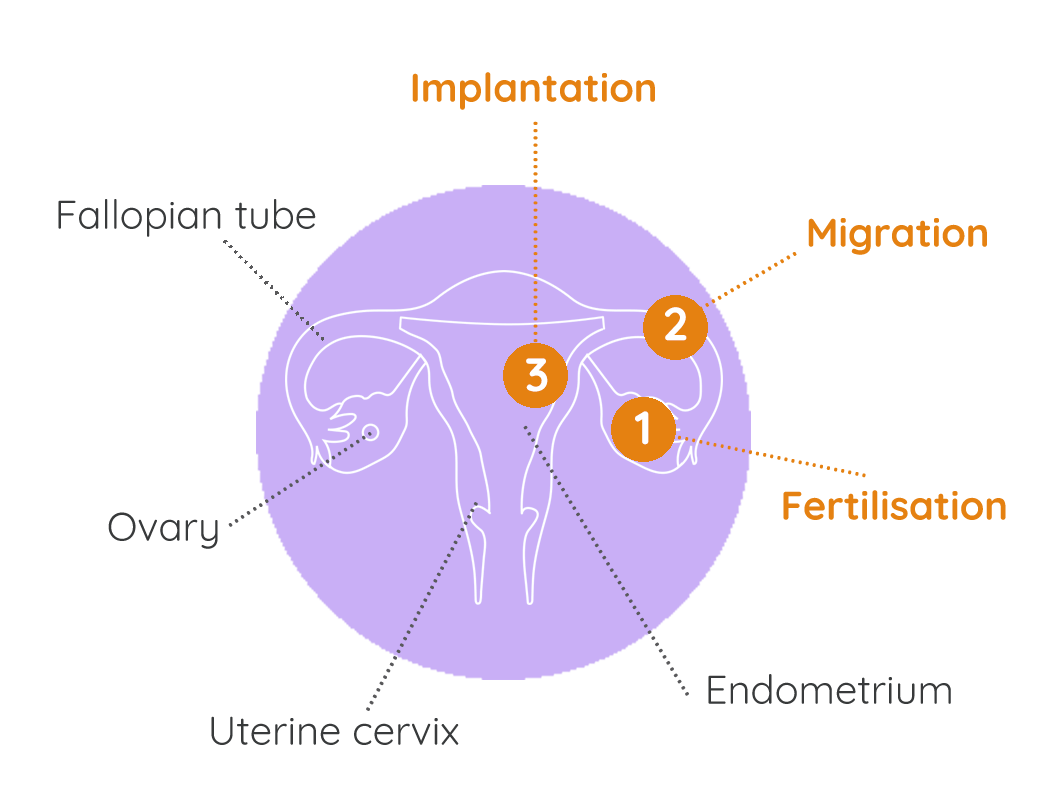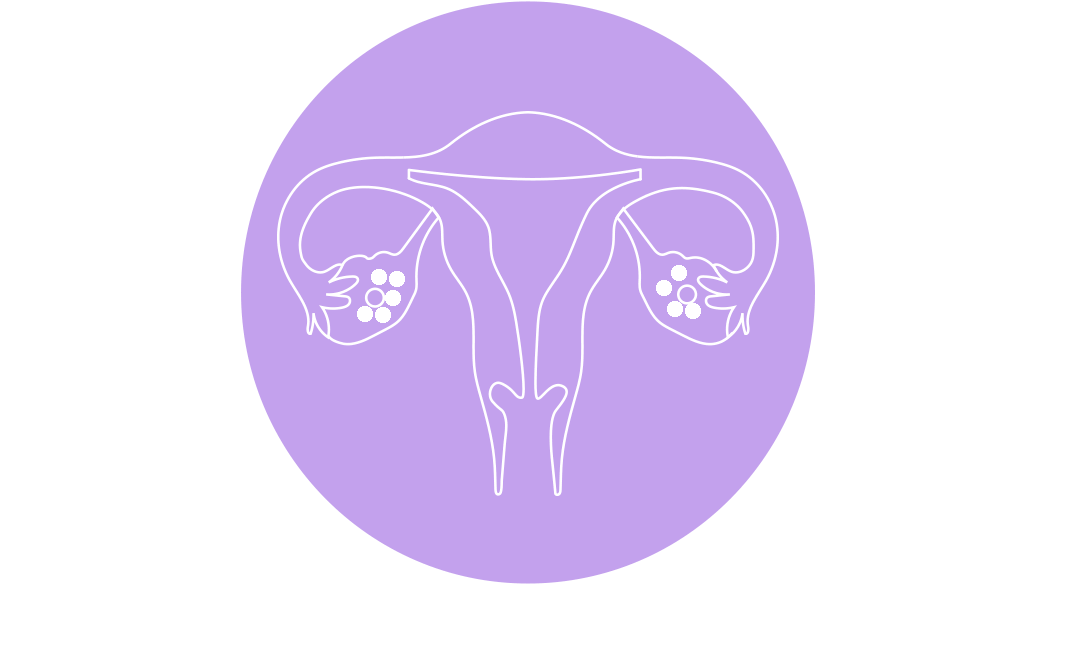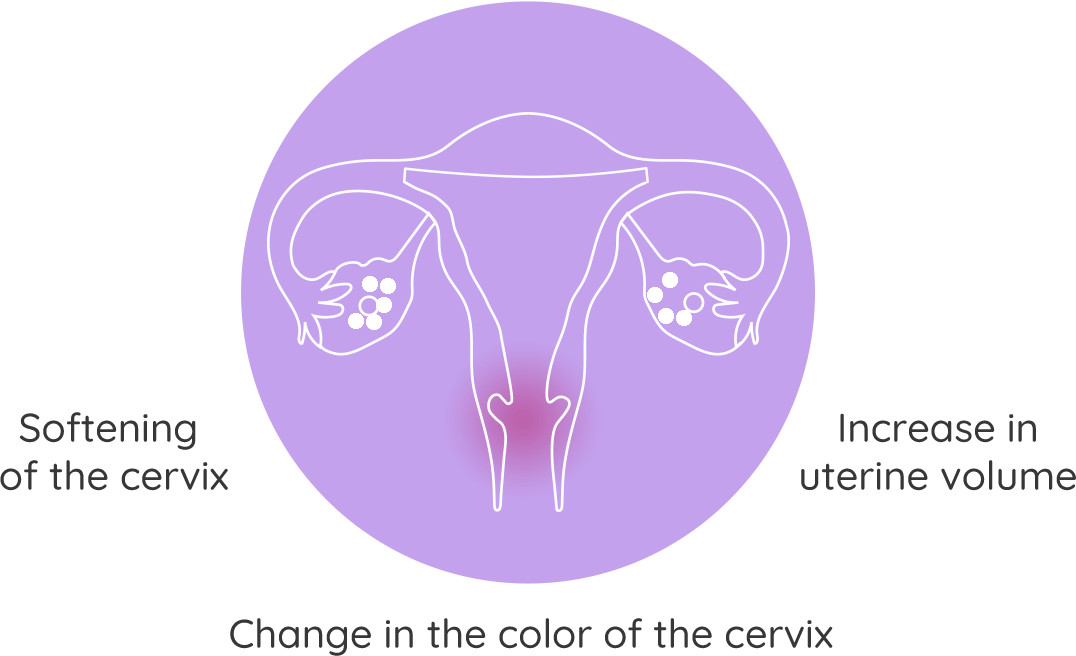
All about
pregnancy
Ovulation
The ovulation occurs when an egg is expelled from the follicle in the ovary.
The ovule is released into the fallopian tube where it will be fertilized.

The ovulation date varies from one woman to another. It generally occurs on the 14th day after the beginning of the last menstrual period. But it is also possible for a woman with a 30-day cycle to ovulate on day 16.

Implantation
The fertile period is the phase during which unprotected sexual intercourse can lead to the fertilization of eggs by sperm and as a result to pregnancy. This period is not limited to the date of ovulation since sperm can live for up to four days in a woman’s reproductive tract and the egg can survive for about 24 hours. That is why the fertile periods begins three days before ovulation and ends 24 hours after.
Menstrual cycles are often irregular from one woman to another, making it difficult to precisely determine the fertile period for a given woman.
The fertilisation of the egg by sperm takes place in the fallopian tubes. Then the egg travels for 7 days to the uterus and embeds itself in the uterine mucosa. This is called implantation.
Implantation
The fertile period is the phase during which unprotected sexual intercourse can lead to the fertilization of eggs by sperm and as a result to pregnancy. This period is not limited to the date of ovulation since sperm can live for up to four days in a woman’s reproductive tract and the egg can survive for about 24 hours. That is why the fertile periods begins three days before ovulation and ends 24 hours after.
Menstrual cycles are often irregular from one woman to another, making it difficult to precisely determine the fertile period for a given woman.
The fertilisation of the egg by sperm takes place in the fallopian tubes. Then the egg travels for 7 days to the uterus and embeds itself in the uterine mucosa. This is called implantation.



The clinical signs of pregnancy
Certain signs may indicate pregnancy, such as…
These signs are not always specific to pregnancy and should not alarm you. However, if you experience them you should consult a physician.
Within the first few days of pregnancy, the trophoblast hormone, which becomes the placenta, starts producing β-hCG (beta human Chorionic Gonadotropin). This hormone is a specific marker that helps confirm whether or not a woman is pregnant. It can be detected starting on the expected day of the next menstrual period, or approximately 14 days after fertilization.


Pregnancy tests
Pregnancy tests can be found in any pharmacy. They detect the presence of β-hCG in urine.
There are many different pregnancy tests available, with accuracy and detection threshold varying from brand to brand. You must read the instructions for use carefully to make sure you test at the right time. If you test too early, you may get a “false negative” result because the β-hCG level is too low to be detected. The β-hCG hormone can only be detected in the urine once a menstrual period has been missed, which is approximately 14 days after fertilization.
For more precise and reliable result, you should perform a laboratory test to measure the level of β-hCG in your blood.


Medical examination
The medical examination is used to identify the specific signs of pregnancy, such as:
1. Pre-pregnancy

2. During pregnancy

After five weeks since the beginning of last menstrual period (or amenorrhea), it is possible to perform an ultrasound scan to check the pregnancy.

Medical examination
The medical examination is used to identify the specific signs of pregnancy, such as:
1. Pre-pregnancy

2. During pregnancy

After five weeks since the beginning of last menstrual period (or amenorrhea), it is possible to perform an ultrasound scan to check the pregnancy.


